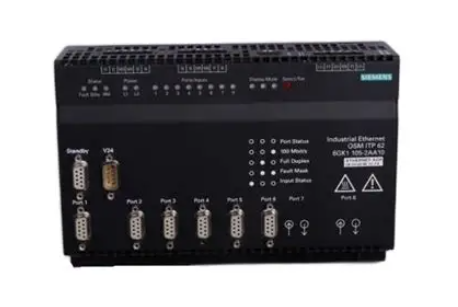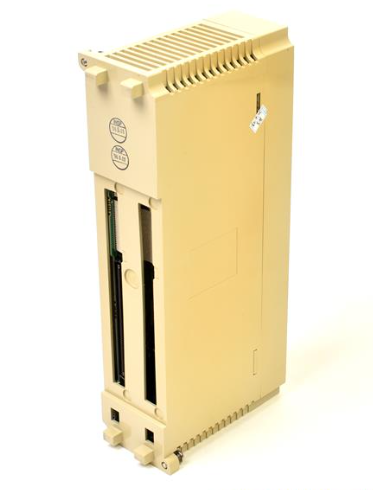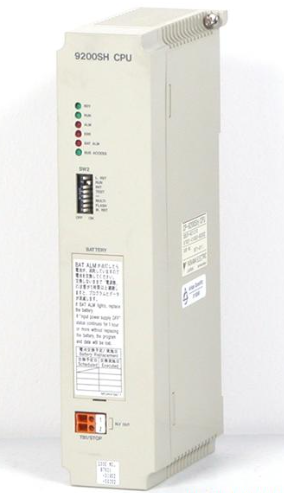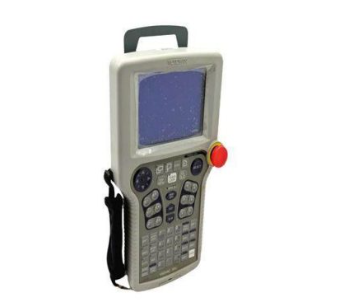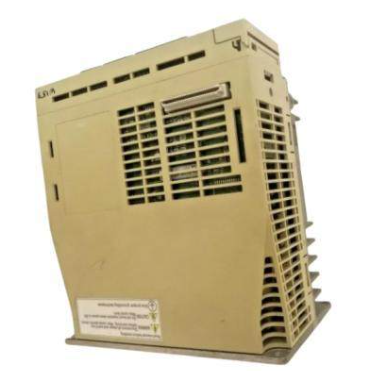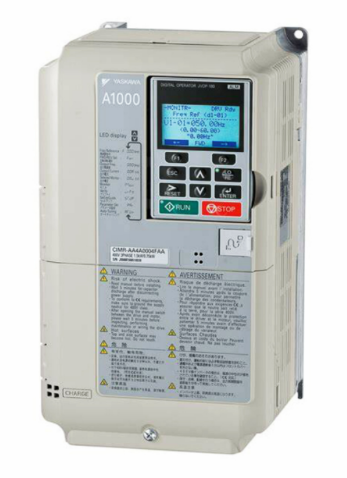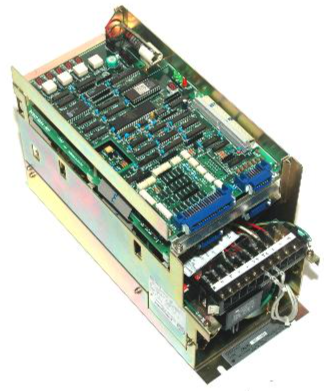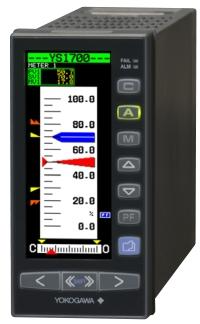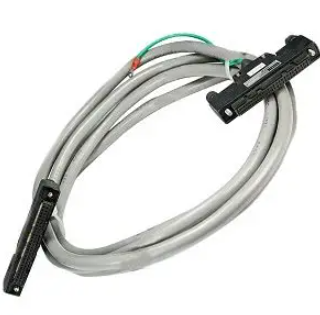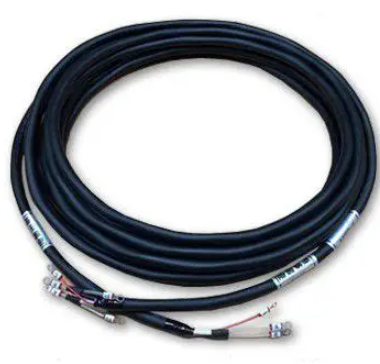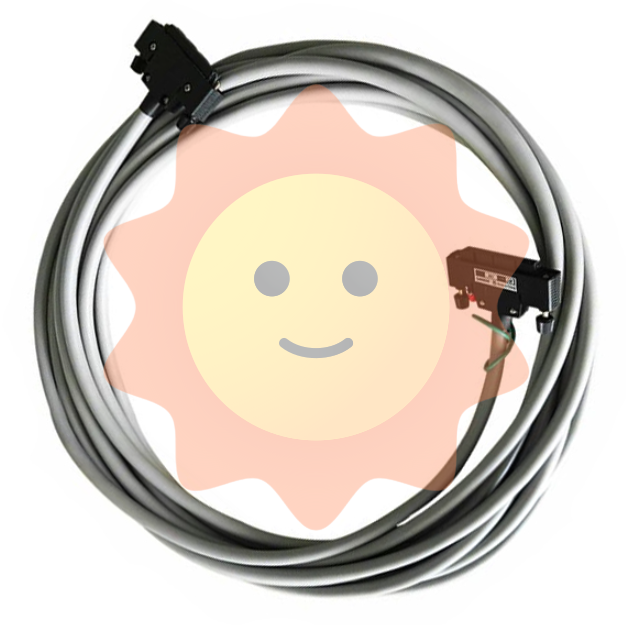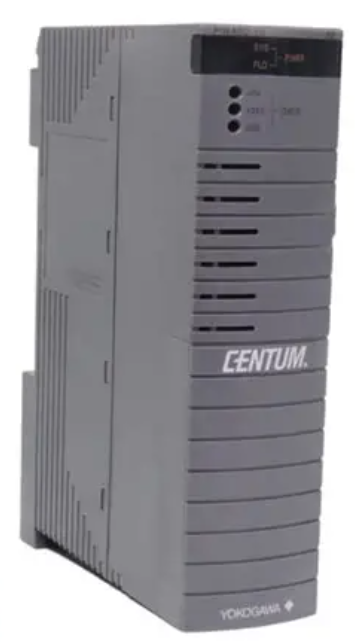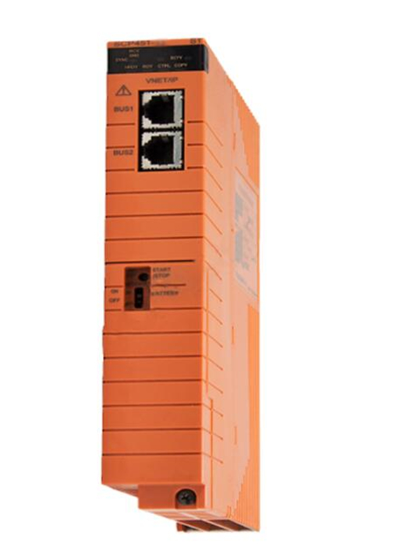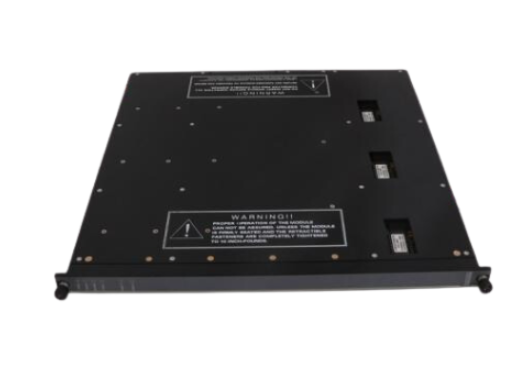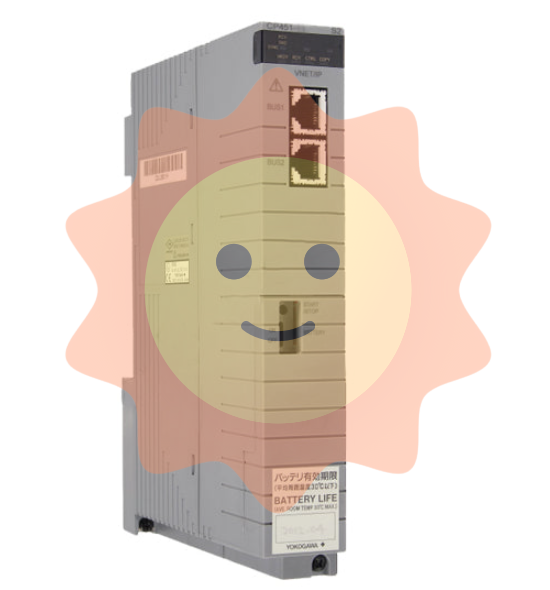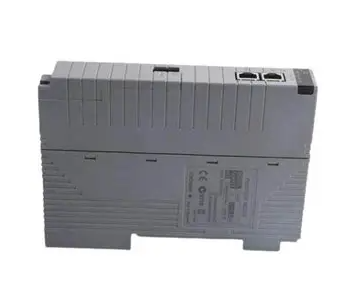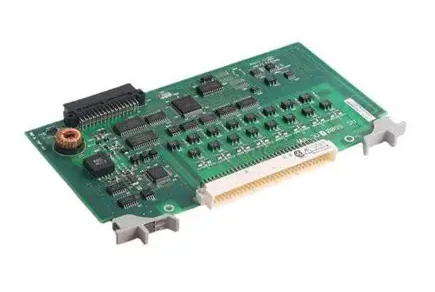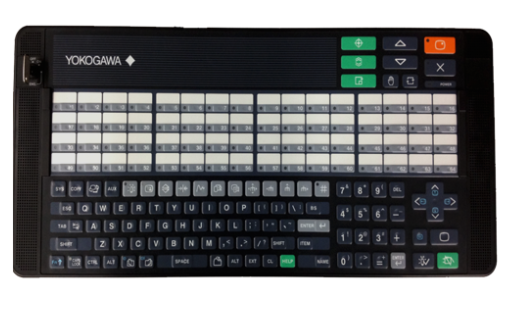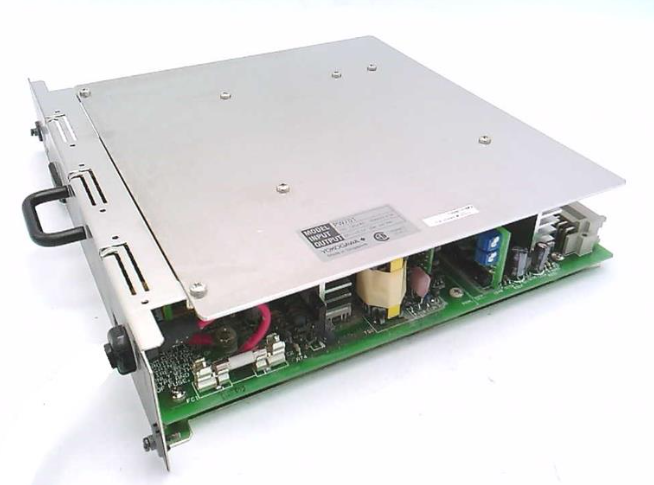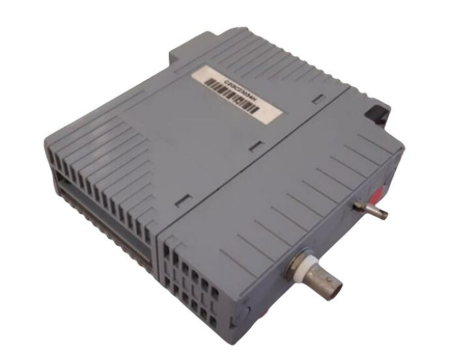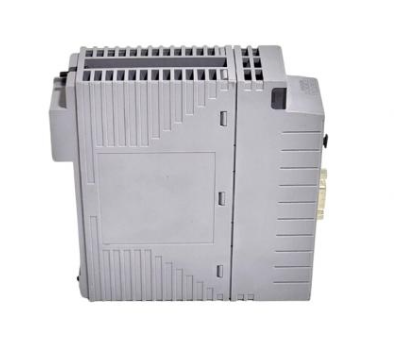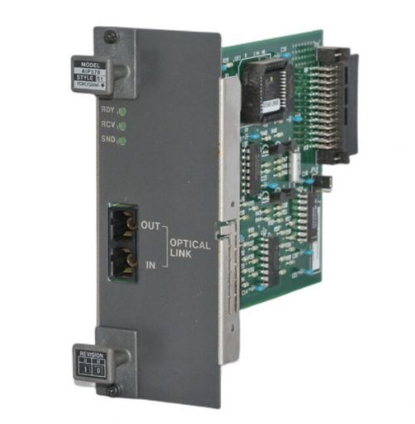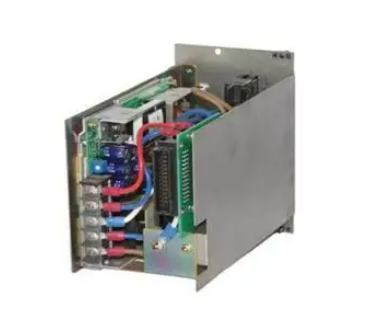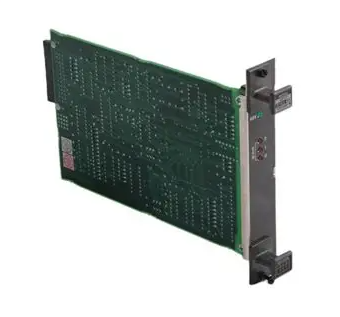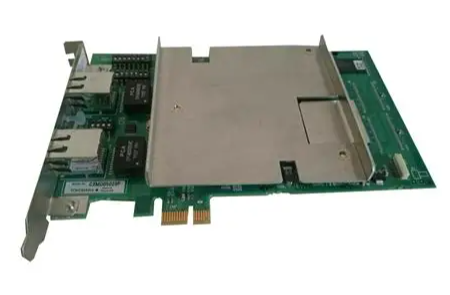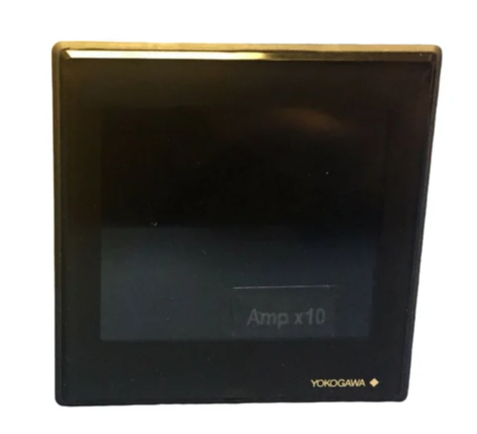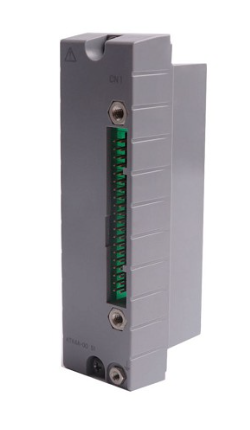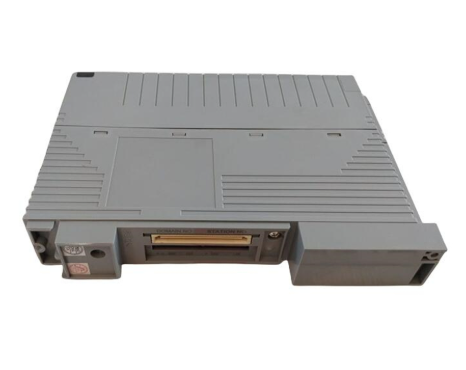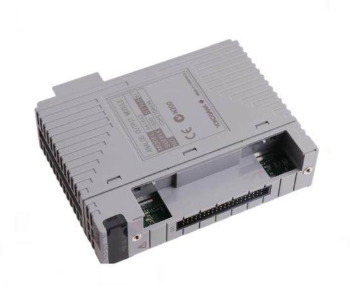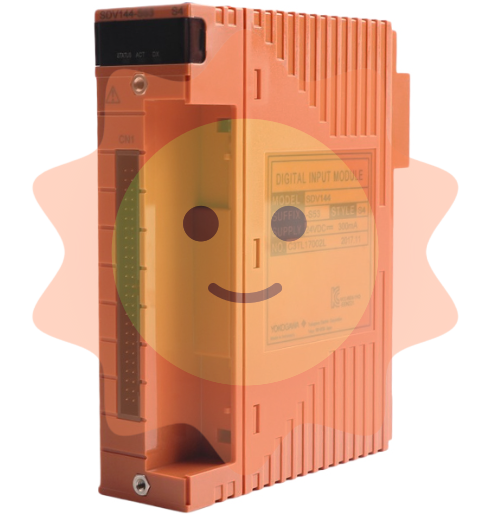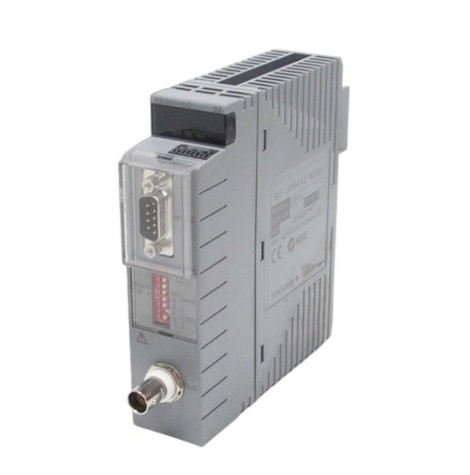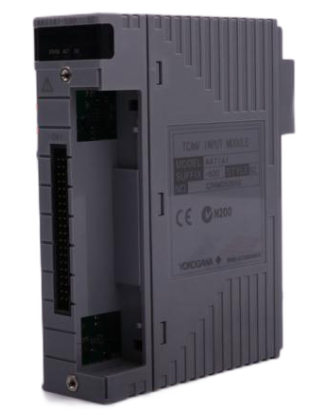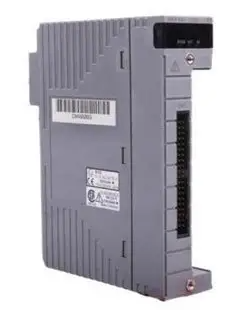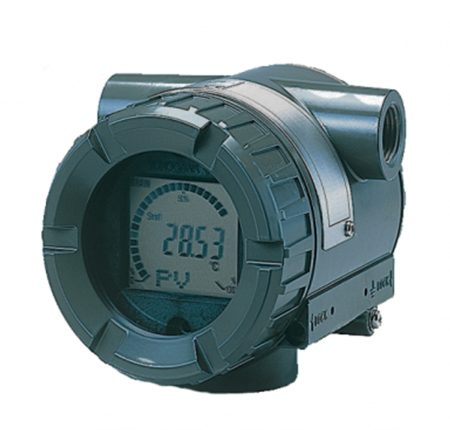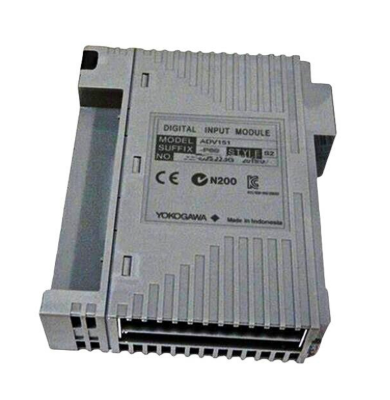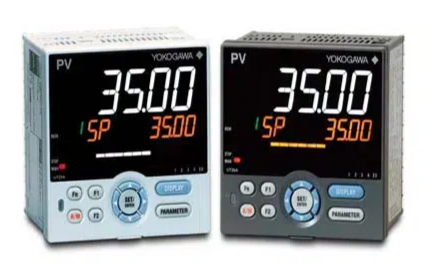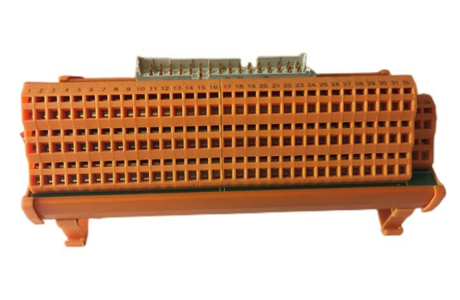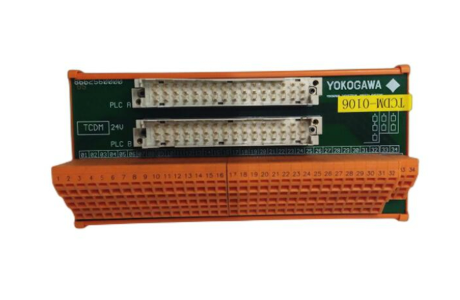Yokogawa DLM5000HD series high-definition oscilloscope
Vertical Zoom (ZOOM menu): The Vertical Zoom soft key is used to reset the vertical zoom (collectively initialize the zoom position and multiplier of all waveforms), the source waveform, and the vertical zoom position and multiplier. A single waveform can be initialized using the RESET key, and the vertical zoom position and multiplier can be adjusted using the jog shuttle. Press the SET key to switch adjustment options.
(10) Waveform search
Basic search operation (SEARCH menu): Set the search type (Edge/Attention/Pulse Width/Timeout), search criteria (corresponding to the type of source waveform, slope, level, mode, etc.), search range (starting/ending point), search skip (OFF/Holdoff/Precision, skipping the specified time or number of searches), detect waveform display (marker display, result window selection), perform search, detect point number and zoom position, display configuration during search is similar to ZOOM menu, search results are displayed in the center of the result window (Zoom1/ZOOM2), and waveform acquisition or cumulative waveform search cannot be performed during the search process.
Various search settings: Edge search (selecting source waveform, slope, trigger level and lag), Pattern search (selecting clock source, trigger source pattern and combination conditions, time conditions, etc.), Pulse Width search (selecting source, polarity, time conditions and reference time), Timeout search (selecting source, polarity, timeout time). The selection range and condition settings for different search types of source waveforms vary. For example, when Pattern search does not have a clock source, all CH and Logic signal patterns need to be set.
(11) Serial Bus Signal Analysis and Search (Serial BUS menu, optional function)
Supports analysis and search of FlexRay, CAN, CAN FD, LIN, CXPI, SENT, PSI5 Airbag, UART, I2C, SPI, and user-defined serial bus signals. The settings for each bus type include:
Bus settings: Automatic settings (configuring source waveform, bit rate, level, hysteresis, etc.) or manual settings (bit rate, sampling points, channel allocation, etc.). Automatic settings may not be able to adapt to some input signals, and cannot be automatically set when the source waveform is a Math channel.
Decoding display: Set the display format (Hex/Label/Symbol, etc. Symbol requires loading physical values/symbol definition files) and display position (Auto/Manual).
List/Trend Display: The list displays the analysis results (serial number, ID, data, etc.), and can be set in terms of list size, display position, zoom link, and filtering criteria; Trend display (supported by some buses) with settings for display sources, data items, cursor measurement, auto scaling, etc.
Search settings: Select the search type (such as frame start, error, ID/data, etc.), search criteria (frame format, ID mode, data range, etc.), perform the search, detect point numbers and zoom positions. The search results are displayed in the results window, and the search criteria and frame structure adaptation for different buses are different. For example, CAN FD supports ISO/non ISO standards, and SENT supports different version formats.
(12) Other functions
Waveform Histogram Display (HISTOGRAM Menu): Control the histogram display switch, source waveform, histogram type (amplitude/time/parameter), measurement parameters (statistical histogram mean, standard deviation, etc.), and visually display the distribution of waveform parameters.
Power Analysis (POWER ANALYSIS menu, optional function): Supports safe working area analysis, harmonic analysis, Joule integration measurement, switch loss analysis, power measurement, setting analysis type, source waveform, measurement parameters (such as harmonic frequency, integration time, etc.), suitable for special analysis of power related signals.
History waveform display and search (History menu): Control the history waveform display switch, display quantity, and search history waveforms (set search conditions and execute search), allowing for retrospective viewing of previously collected waveform data, facilitating fault diagnosis and signal change analysis.
Print and screenshot (PRINT/SAVE menu): Built in printer (optional) for paper loading and printing operations, USB/network printer printing, screenshot saving to files, and simultaneous output of print and screenshot data to multiple targets, meeting data recording and sharing needs.
Data saving and loading (SAVE/LOAD menu): Connect a USB storage device to save waveform data, set data, and other types of data (such as histograms, trends, etc.), load various saved data, perform file operations (new/delete/rename, etc.), facilitate data backup and instrument status recovery.
Ethernet communication (Ethernet menu): Connect to the network, configure TCP/IP settings, FTP server (PC access instrument), SMTP client (email sending), FTP client (connect to network drive), network printer configuration, SNTP time synchronization, realize network remote control and data transmission of the instrument.
Synchronization operation (DLMsync menu, optional function): Start/stop synchronization operation of multiple instruments, correct sampling deviation between units, and improve the accuracy of multi device collaborative testing.
- EMERSON
- Honeywell
- CTI
- Rolls-Royce
- General Electric
- Woodward
- Yaskawa
- xYCOM
- Motorola
- Siemens
- Rockwell
- ABB
- B&R
- HIMA
- Construction site
- electricity
- Automobile market
- PLC
- DCS
- Motor drivers
- VSD
- Implications
- cement
- CO2
- CEM
- methane
- Artificial intelligence
- Titanic
- Solar energy
- Hydrogen fuel cell
- Hydrogen and fuel cells
- Hydrogen and oxygen fuel cells
- tyre
- Chemical fiber
- dynamo
- corpuscle
- Pulp and paper
- printing
- fossil
- FANUC
- Food and beverage
- Life science
- Sewage treatment
- Personal care
- electricity
- boats
- infrastructure
- Automobile industry
- metallurgy
- Nuclear power generation
- Geothermal power generation
- Water and wastewater
- Infrastructure construction
- Mine hazard
- steel
- papermaking
- Natural gas industry
- Infrastructure construction
- Power and energy
- Rubber and plastic
- Renewable energy
- pharmacy
- mining
- Plastic industry
- Schneider
- Kongsberg
- NI
- Wind energy
- International petroleum
- International new energy network
- gas
- WATLOW
- ProSoft
- SEW
- wind
- ADVANCED
- Reliance
- YOKOGAWA
- TRICONEX
- FOXBORO
- METSO
- MAN
- Advantest
- ADVANCED
- ALSTOM
- Control Wave
- AB
- AMAT
- STUDER
- KONGSBERG
- MOTOROLA
- DANAHER MOTION
- Bently
- Galil
- EATON
- MOLEX
- Triconex
- DEIF
- B&W
- ZYGO
- Aerotech
- DANFOSS
- KOLLMORGEN
- Beijer
- Endress+Hauser
- MOOG
- KB
- Moxa
- Rexroth
- YAMAHA
- Johnson
- Westinghouse
- WAGO
- TOSHIBA
- TEKTRONIX
- BENDER
- BMCM
- SMC


Email:wang@kongjiangauto.com



